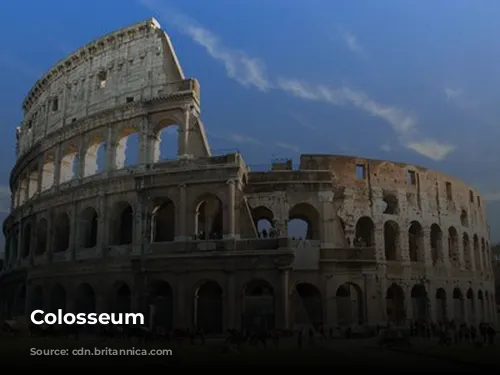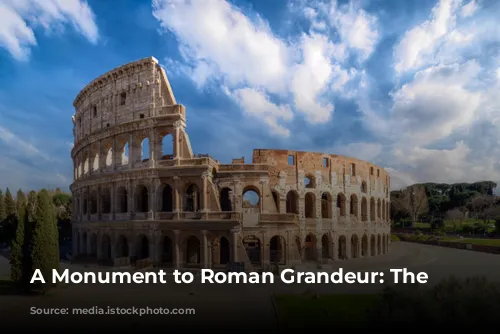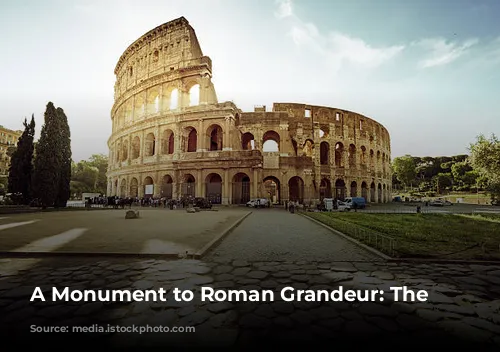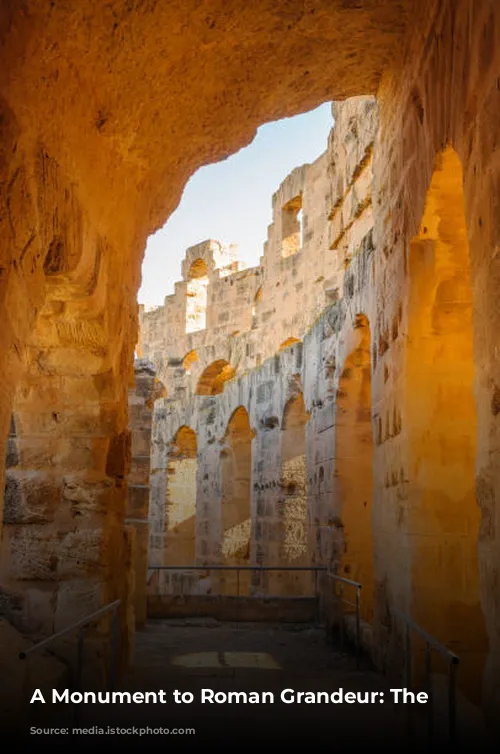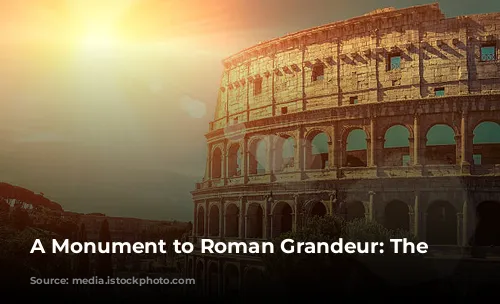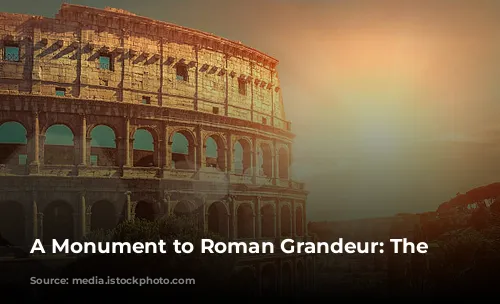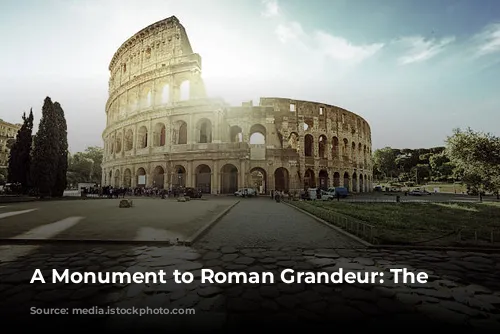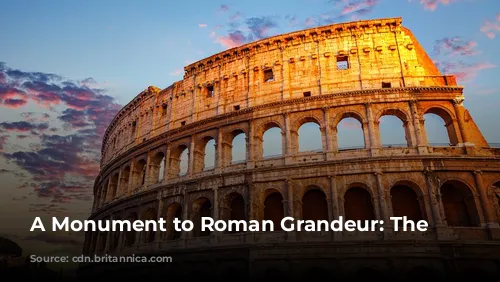The Colosseum, a remarkable architectural marvel, stands as a testament to the engineering genius of ancient Rome. It’s one of the few structures from that era that has survived largely intact, offering a glimpse into the grandeur and might of the Roman Empire. Today, it stands as a major tourist attraction, generating significant income for the Italian government. In 2018, the Colosseum, Roman Forum, and Palatine Hill, together, attracted millions of visitors, generating over $63.3 million (€53.8 million) in revenue, making it the top tourist attraction in Italy.
From Glory to Neglect: The Colosseum’s Transformation
The Colosseum’s story, however, is not merely about its grand past. It’s also a tale of deterioration and rebirth. Following the fall of the Western Roman Empire, the Colosseum fell into disrepair. In the 12th century, the Frangipane and Annibaldi families, powerful Roman families, turned the once-glorious arena into their fortress. Later, in the late 15th century, Pope Alexander VI sanctioned the use of the Colosseum as a quarry, allowing the materials of this ancient marvel to be plundered for other building projects. This period of neglect lasted for over a thousand years until the 1990s, when state-funded restoration efforts were launched to revive its former glory.
A Celebration of Empire: The Colosseum’s Construction
The construction of the Colosseum was a monumental undertaking, initiated by the emperor Vespasian between 70 and 72 CE. The construction was part of a broader imperial effort to revitalize Rome following the turbulent “Year of the Four Emperors,” a period of political instability. The Colosseum, like other amphitheaters, was intended as a venue for entertainment, hosting a variety of spectacles, including gladiatorial combat, animal hunts, and even mock naval battles.
The completed structure was dedicated in 80 CE by Titus, Vespasian’s son and successor, who celebrated the occasion with a grand 100-day festival. His successor, Domitian, added the fourth story to the Colosseum in 82 CE, further solidifying its presence as a symbol of Roman power and spectacle. It’s important to note that the construction of the Colosseum was financed by the spoils of war, specifically from the plunder of Jerusalem by Titus in 70 CE. It was built by enslaved Jews from Judaea, highlighting the complex history and human cost behind this iconic structure.
An Architectural Marvel: The Colosseum’s Design
The Colosseum, officially known as the Flavian Amphitheatre, is an elliptical structure built with stone, concrete, and tuff, standing four stories tall. Its massive size, measuring 620 by 513 feet (189 by 156 meters), could accommodate an astonishing 50,000 spectators. It was designed to be a symbol of Roman power, showcasing the technical prowess and grandeur of the empire. The Colosseum is a testament to the innovative use of materials and architectural techniques. Unlike earlier amphitheaters, which were often built into hillsides for support, the Colosseum is a freestanding structure, using a complex system of barrel and groin vaults to support its massive weight. Its three lower stories are adorned with arcades, framed by Doric, Ionic, and Corinthian columns, a design that became a defining element of Renaissance architecture.
A Center of Spectacle: The Colosseum’s Use
The Colosseum was a center of spectacle and entertainment, hosting a wide range of events that captivated the Roman public. It was designed to accommodate a vast audience, shielding them from the sun with a retractable awning called a velarium. The velarium was a complex system of ropes and sails, operated by hundreds of Roman sailors. The Colosseum witnessed countless events, including gladiator fights, animal hunts, and even mock naval battles, where the arena was filled with water to simulate a sea battle. While there is no definitive proof, the Colosseum may have also been the site of the martyrdom of early Christians, further adding to its historical significance.

The Colosseum Today: A Symbol of Resilience
The Colosseum has endured centuries of neglect, damage, and even plunder. Despite its turbulent history, it stands as a testament to the resilience and enduring power of human creativity. The Colosseum continues to draw millions of visitors each year, eager to witness its grandeur and delve into the history of ancient Rome. It has become a symbol of the past, a reminder of the empire’s influence on the world, and a testament to the enduring spirit of human ingenuity and artistic expression. The Colosseum is more than just a structure; it’s a living piece of history, a story of power, spectacle, and the enduring strength of the human spirit.

